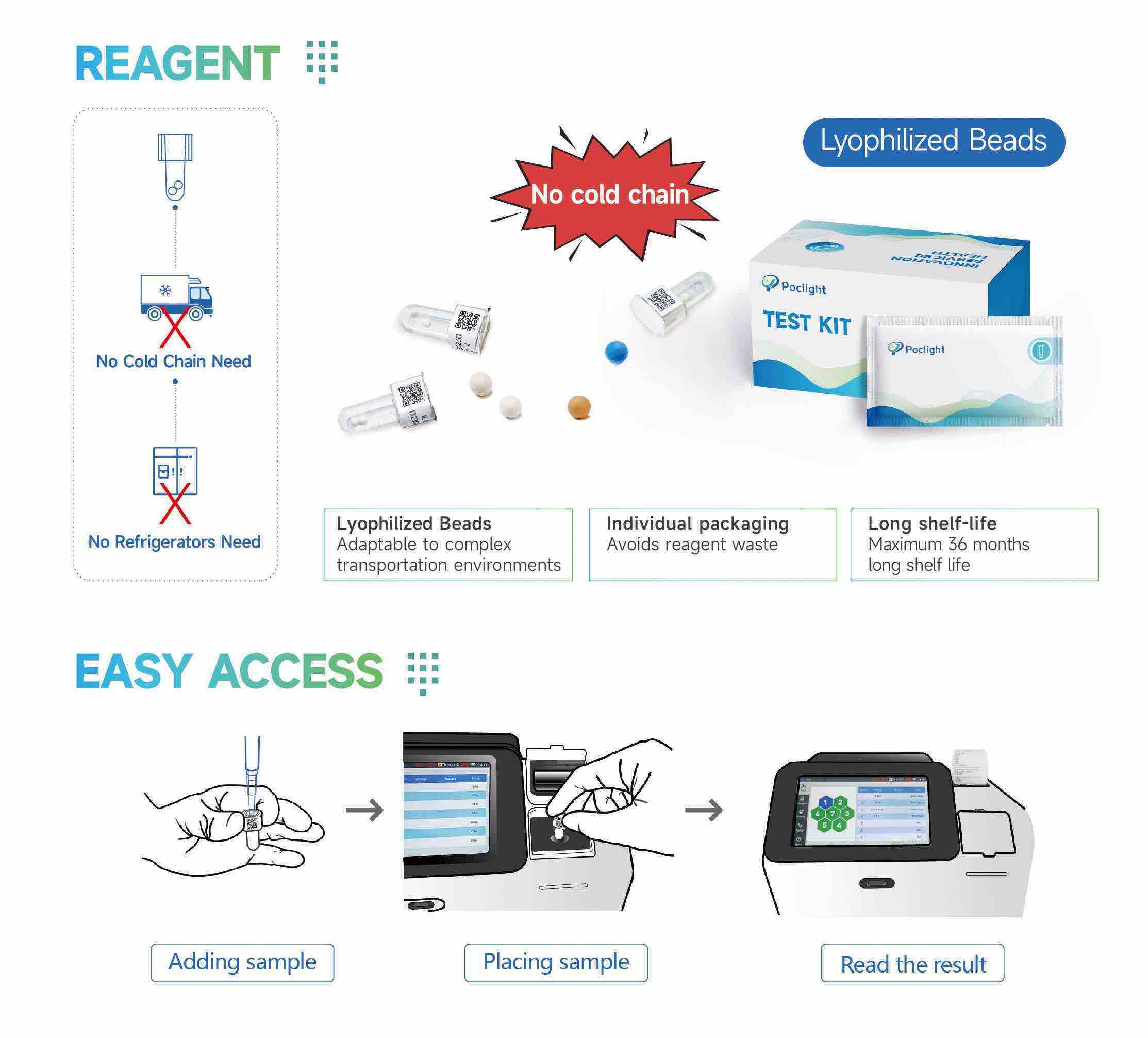How to Get Accurate Results from Your Vitamin D Test: A Comprehensive Guide
1. How can vitamin D deficiency impact overall well-being?
♣ Vitamin D deficiency rickets (nutritional rickets)
Vitamin D deficiency during childhood can lead to rickets in children, causing growth delays and skeletal deformities. Essentially, Vitamin D deficiency rickets is a form of osteomalacia. The onset of this condition is gradual, often occurring in infants between the ages of 3 months and 2 years. It is currently believed that Vitamin D deficiency rickets is related to a lack of Vitamin D and low calcium intake in the diet.
♣ Respiratory system diseases
Children's immune systems are often immature, and the cells associated with immune system function all contain Vitamin D receptors. Deficiency of Vitamin D in children can lead to insufficient immune function, lowering their ability to fend off viruses and bacterial invasions, which may result in respiratory infections. Based on current research data, a deficiency in Vitamin D is not the primary cause of asthma, but there is a correlation between Vitamin D deficiency and asthma attacks, as well as difficulty in controlling asthma.
♣ Autoimmune diseases
Vitamin D regulates the functions of B cells and T cells, and its deficiency can be a cause of many autoimmune diseases, such as Type 1 diabetes, multiple sclerosis, Crohn's disease, and rheumatoid arthritis. Several studies suggest that when 25(OH)D levels are ≥75 nmol/L, these chronic diseases can be prevented.
2. Clinical Interpretation of Vitamin D Issues
♣ The appropriate level of serum 25-OH vitamin D (25-hydroxyvitamin D)
Serum 25(OH) D levels >50–125 nmol/L are considered appropriate. Although serum 25(OH)D levels >50–250 nmol/L are defined as vitamin D sufficient, the United States Institute of Medicine (IOM) recommends appropriate serum 25(OH) D levels of 50–125 nmol/L and considers serum 25 (OH) D >125 nmol/L potentially harmful, such as increased urinary calcium excretion. Therefore, higher serum 25(OH)D levels are not necessarily better.
♣ The recommended dosages for vitamin D supplementation
From infancy to adolescence, it is necessary to supplement at least 400 IU/day of vitamin D. The American Academy of Pediatrics recommends beginning vitamin D supplementation within the first few days of life for newborns, and to continue supplementing with vitamin D during the school years up to adolescence when adequate amounts of vitamin D cannot be obtained from sunlight exposure or fortified foods.
♣ monitor serum 25-hydroxyvitamin D (25-OH VD) levels during treatment?
It is advised to monitor serum 25-hydroxyvitamin D (25-OH VD) levels every 3 to 4 months to assess the response to treatment, until an appropriate 25-OH VD level is reached, and then once every 6 months thereafter. Once serum 25-OH VD levels reach the target therapeutic level, further monitoring is not necessary.
POCLIGHT PRODUCTS
POCLIGHT The 25-OH VD test is certified, and the detection can be completed in just 10 minutes. It is equipped with a 7 channels analyzer C5000 that allows for continuous sampling, providing real-time results for single indicator tests. It also supports the one-time output of multiple indicator test results.
 CLIA Poct: Quick and convenient: Only peripheral blood collection (finger prick) is required, offering a more reassuring, considerate, and comfortable medical experience.
CLIA Poct: Quick and convenient: Only peripheral blood collection (finger prick) is required, offering a more reassuring, considerate, and comfortable medical experience.
Requires a small amount of blood: only 20μL is needed.
Results are more accurate, with excellent performance.
Lyophilized reagents: No cold chain refrigeration required
评论
发表评论